Enter a surname, town name or other keyword to search the database. Remember to
allow for the different spellings of 'Mc' and 'Mac.' Good luck!
{Search tips: Use single word search terms for more results}
You must enter some valid character(s) into the search field
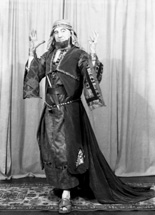
Reference: 29108b
Matheson Lang was born in Mont...
|
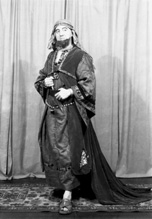
Reference: 29108a
Matheson Lang was born in Mont...
|
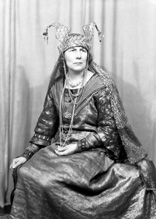
Reference: 29107b
Actress Nelly Hutin Britton wa...
|
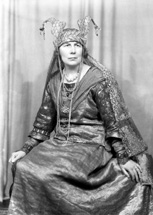
Reference: 29107a
Actress Nelly Hutin Britton wa...
|
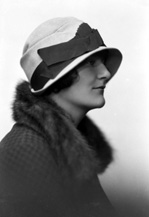
Reference: 25922a
Miss Elsie Sime, Drummond Hill...
|
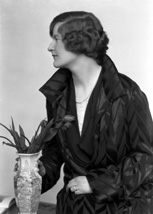
Reference: 25922b
Miss Elsie Sime, Drummond Hill...
|
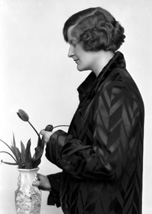
Reference: 25922c
Miss Elsie Sime, Drummond Hill...
|
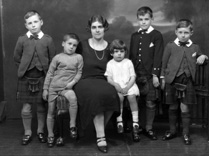
Reference: 26575b
Jessie Macleod (nee Macrae) wi...
|
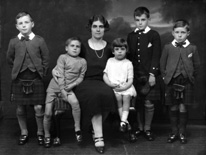
Reference: 26575a
Jessie Macleod (nee Macrae) wi...
|
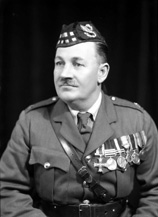
Reference: 28033a
Major Donald Munro MC (1880-19...
|
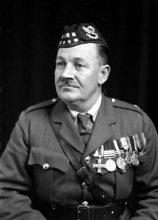
Reference: 28033b
Major Donald Munro MC (1880-19...
|
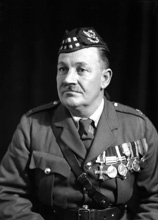
Reference: 28033c
Major Donald Munro MC (1880-19...
|